Neurology of Eye Movements, The
.jpg)

Title Details
5th Ed.
2015 © Oxford University Press
R. John Leigh, MD, FRCP; David S. Zee, MD
ISBN-13: 978-0-19-996928-9
eISBN-13: 978-0-19-024625-9
Ophthalmology, Neurology
Additional Details
The 5th edition of The Neurology of Eye Movements has two interrelated parts. The first comprises a modern synthesis of the anatomical, physiological, and pharmacological substrate for eye movements, including current views on the reflexive and voluntary control of gaze. This synthesis is based on electrophysiological and inactivation studies in macaque, and behavioural studies in humans that incorporate functional imaging and transcranial magnetic stimulation (TMS) in normals, and clinicopathological studies in patients with neurological, visual, or vestibular disorders. Sophisticated experimental paradigms have been applied to both species to explore aspects of cognition, memory, volition, and reward. This large body of research has demonstrated the power of eye movements as experimental tools. The second part of the book applies this synthesis to the clinical and laboratory evaluation of patients with abnormal eye movements due to a broad range of disorders - from muscular dystrophy, and genetic disorders, to dementia, including visual and vestibular conditions. By placing links to figures, tables, boxes, and videos, a synthesis of basic research and clinical findings is provided, that may shed new light on disease processes and provide insights on normal brain function.
Contemporary Neurology Series
- • The 5th edition includes 200 videos
- • Provides updated research methods and results conducted regarding patients with abnormal eye movements due to a range of disorders
- • Integrates a modern synthesis of the anatomy of the eye, physiological, and pharmacological substrate for eye movements, and the synthesis to the clinical and laboratory evaluation of patients with abnormal eye movements
- • Presents clinical and laboratory evaluation of patients with abnormal eye movements
New to this Edition:
- • Integrates information from non-human primates derived from electrophysiological and inactivation studies with information from healthy human subjects and patients with neurology, visual or vestibular disorders.
- • Recent clinical findings which give new insight into eye disorders, as well as normal brain function
Neurologists, ophthalmologists, otolaryngologists, optometrists, neuroscientists, biomedical engineers, psychologists, computation biologists
Doody's Core Titles (DCT)
Doody's Review
"Recognized as the standard text in the field since its first edition in 1983, this updated tome is an essential resource for anybody doing eye-movement-related applied or clinical research."
-- Optics and Photonics News
Specialty Score: 2.27 Health Sciences - Optometry
Table of Contents
Similar Resources

The Power of A Digital Library
TDS Health titles provide the latest healthcare information in a customizable and convenient format. STAT!Ref goes where you go, accessible by desktop, laptop, wireless or web-enabled mobile devices. Harness the power of learning in you hands.










